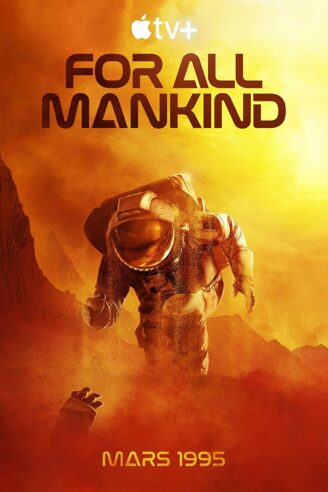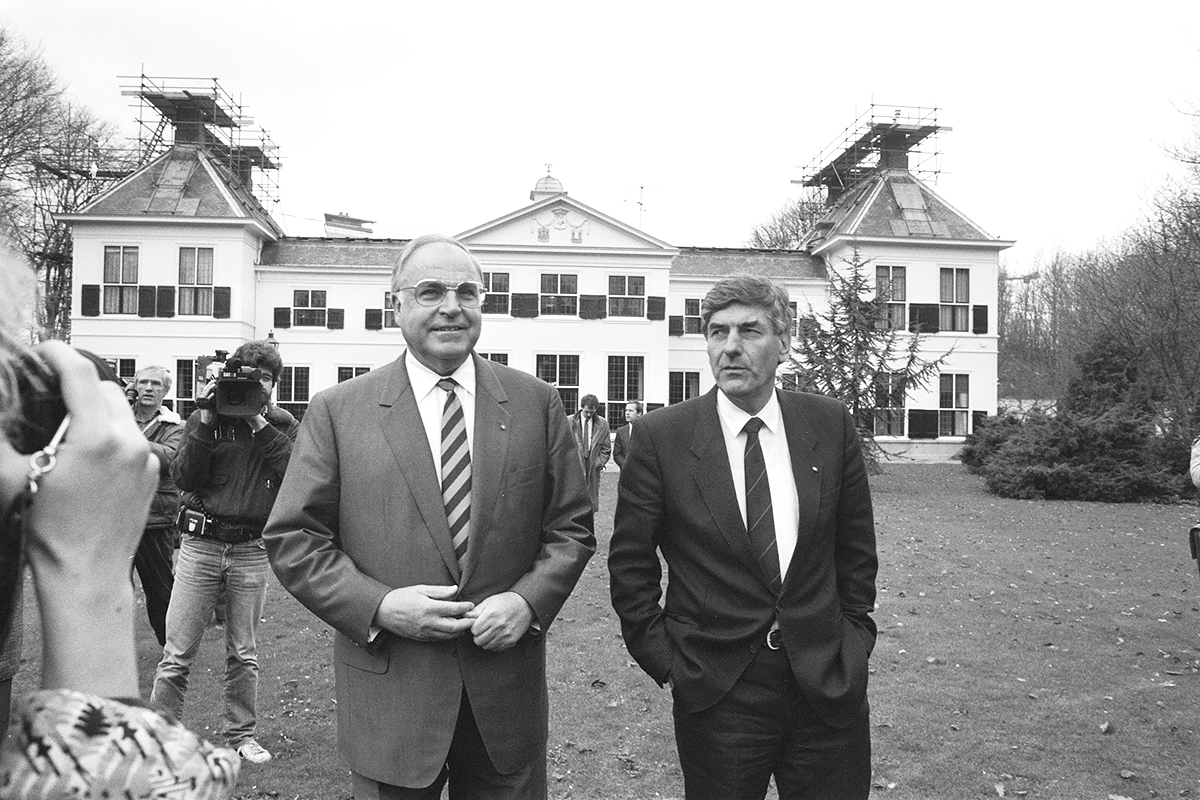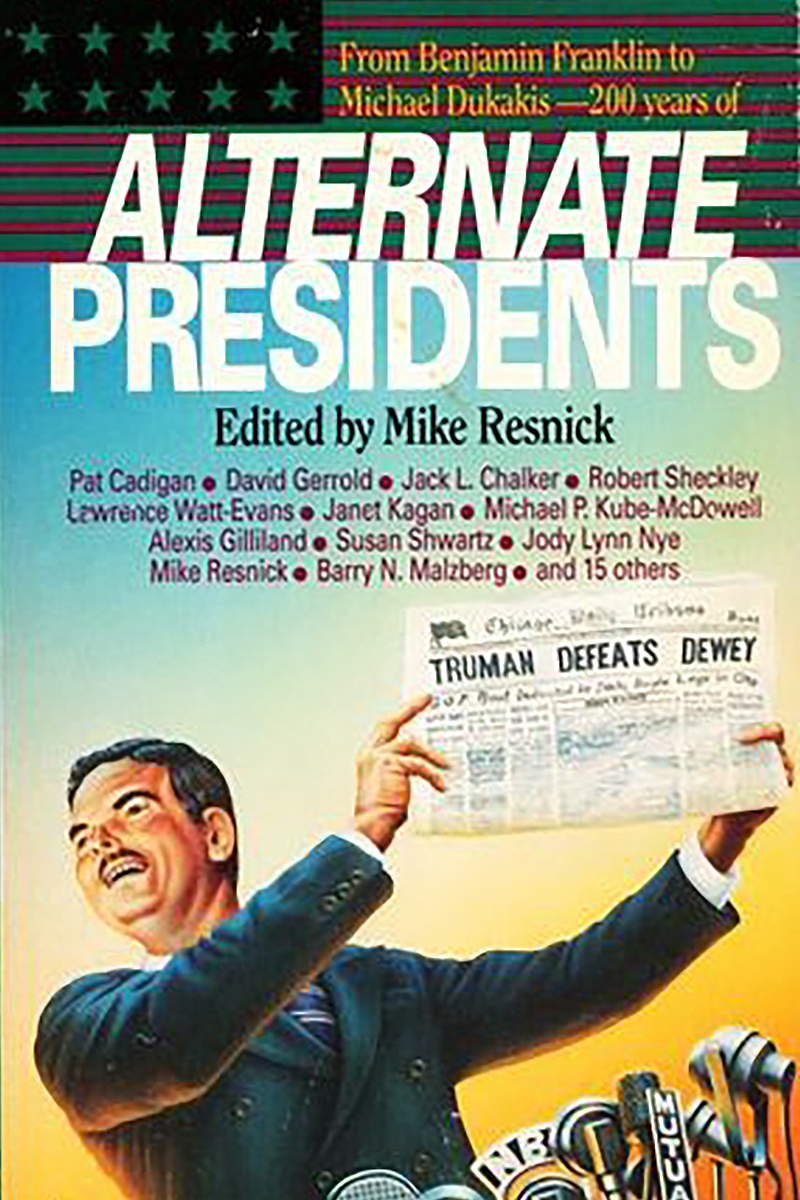Humans have colonized the Moon (not Iron Sky-style) and are about to land on Mars. In the alternate history of For All Mankind, the Soviet Union still exists, Bill Clinton lost the 1992 election to former astronaut, and closeted lesbian, Ellen Wilson (Jodi Balfour), and a private space company joins America and Russia in the race to the Red Planet.
The space-related plot of Season 3, now streaming on Apple TV, is as exciting and real world-referencing as before. The American Mars ship, Sojourner, is named after the first Mars rover. The Soviet ship in the show is inspired by actual designs.
The political plots are becoming less believable, including a gay storyline that starts off credible enough, with a combination of the tragic and the inspiring, but culminates in an over-the-top reveal.
Character-wise, the season is less impressive as well.
In my review of Seasons 1 and 2, I complained that the show’s only weakness was Joel Kinnaman’s monotonous portrayal of Ed Baldwin, who in the timeline of For All Mankind was almost the first American on the Moon. In Season 3, supposedly a quarter-century later, he still isn’t over it.
Worse, when (mild spoiler ahead) NASA picks his friend Danielle Poole (Krys Marshall) to lead the first mission to Mars, Baldwin attributes the choice not to his own age or her superior skill, but to her skin color. Ok, boomer.
The other leading male characters are disappointments as well.
Season 3 introduces Edi Gathegi as Dev Ayesa, a seemingly brilliant engineer and space entrepreneur who falls victim to his own hubris.
Casey W. Johnson skillfully portrays the continued deterioration of Danny Stevens, but it is hard to believe someone so emotionally wrecked could be cleared for space travel.
Danny’s younger brother Jimmy (David Chandler) gets caught up with a cabal of space conspiracy theorists, whose sole utility to the plot seems to be delivering a stirring finale. (And perhaps provide an analog to real-world 1990s conspiracy theories of black helicopters and New World Order.)
The women of For All Mankind keep saving the day: Aleida Rosales (Coral Peña), who has worked her way up to mission commander at NASA; Molly Cobb (Sonya Walger), the first American woman in space, who hasn’t let blindness, caused by rescuing a fellow astronaut in Season 2, put her down; and NASA director Margo Madison in a standout performance by Wrenn Schmidt, who also presents several post-episode segments about the science behind the series.
Season 4 should take place another decade later. Hopefully that will mean Ed has retired and we get to see more of Aleida and Margo — and the Soviets. The producers have teased a “peak behind the Iron Curtain.” Seeing the USSR in the twenty-first century, with a still-active space program, should be a treat for alternate-history fans like us.






2 Comments
Add YoursThe Soviet ship looks like a cross between the R-7 and the Searcher from 1979’s Buck Rogers. Astronautix.com has some designs they could have went with…
I’m afraid we don’t get streaming TV, so I can’t watch it.
(Streaming is just way too expensive for the amount of free time I’d have for it.)
But, it sounds vaguely like the 1990s series TV series “The Cape”
https://en.wikipedia.org/wiki/The_Cape_(1996_TV_series)
A fictionalized 1990s NASA sort of in the same realm as the 2000 film “Space Cowboys.”
https://en.wikipedia.org/wiki/Space_Cowboys